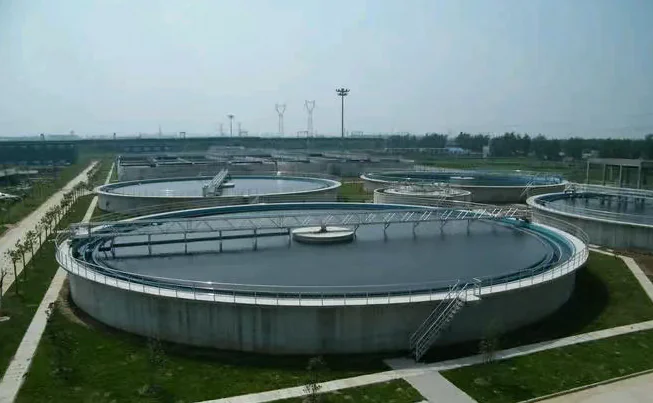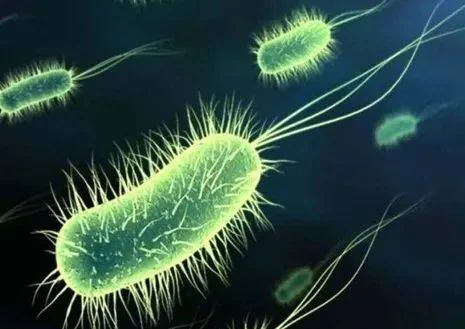In wastewater treatment, the biological stage is a core process that determines whether effluent meets standards. During the operation of the activated sludge process, microbial activity is influenced by many parameters.
👉 Understanding and controlling these key factors is crucial for efficiency and stability. Here are the 5 main influencing factors with strategies for improvement.

1️⃣ Influent Biodegradability (B/C Ratio) Sets the Foundation
🟤 Key Point: The biodegradability of organics is the first determinant of microbial performance.
- B/C > 0.3 → Rich in small, degradable organics → Easier nitrogen & phosphorus removal.
- Low B/C → High proportion of refractory organics → Poor treatment efficiency.
✅ Suggested Action:
- Enhance pretreatment
- Add hydrolysis–acidification tank to improve biodegradability
2️⃣ C:N:P Ratio Imbalance Affects Stability
⚪ Key Point: Microbes need proper nutrients to function.
- Standard ratio: C:N:P = 100:5:1
- Denitrification requires C/N = 5–8
- Phosphorus removal requires C/P = 15–20
⚠️ Imbalance can lead to poor N/P removal, sludge bulking, or sludge aging.
✅ Suggested Action:
- Regularly test nutrient ratios
- Add external carbon source or adjust influent composition

3️⃣ Sludge Age (SRT) & Concentration Directly Impact Capacity
🟤 Key Point: Wrong sludge age reduces efficiency.
- Short SRT → Insufficient reaction
- Long SRT → Sludge aging, phosphorus release
- P-removal: needs shorter SRT (quick removal of P-rich sludge)
- N-removal: requires SRT = 10–20 days for stable nitrifiers
- MLSS concentration: 2500–5000 mg/L, depending on influent load
✅ Suggested Action:
- Adjust sludge wasting & return rate flexibly
- Match system load to operating parameters
4️⃣ Internal & External Recirculation Must Be Balanced
🔄 Key Point: Recirculation rates strongly influence nitrogen removal.
- Internal recirculation (nitrate): 200–400%
- Too low → Nitrate accumulation → Poor denitrification
- External recirculation (sludge): 50–100%
- Too high → Anaerobic conditions disrupted
- Too low → Low biomass concentration
✅ Suggested Action:
- Monitor nitrogen load
- Adjust pump frequency to maintain stable recirculation

5️⃣ DO, pH, Temperature & Hydraulic Conditions Control Reactions
🌡️ Key Point: Environmental conditions drive microbial metabolism.
- DO: Too high or too low both suppress activity → Adjust aeration per zone
- pH: 6.5–8.0 is optimal
- Temperature: Cold → slower reactions → extend HRT if needed
- Hydraulics: Low volume / short HRT → incomplete treatment, unstable effluent
✅ Suggested Action:
- Calibrate online meters regularly
- Use equalization tanks for buffering
- Optimize aeration & tank design
📝 Conclusion
Biological treatment efficiency in activated sludge systems is shaped by influent quality, nutrient balance, sludge control, recirculation, and environmental conditions.
By scientific monitoring & fine-tuned control, operators can:
- Improve treatment efficiency ⚡
- Reduce operational risks 🔧
- Ensure effluent quality 📈
